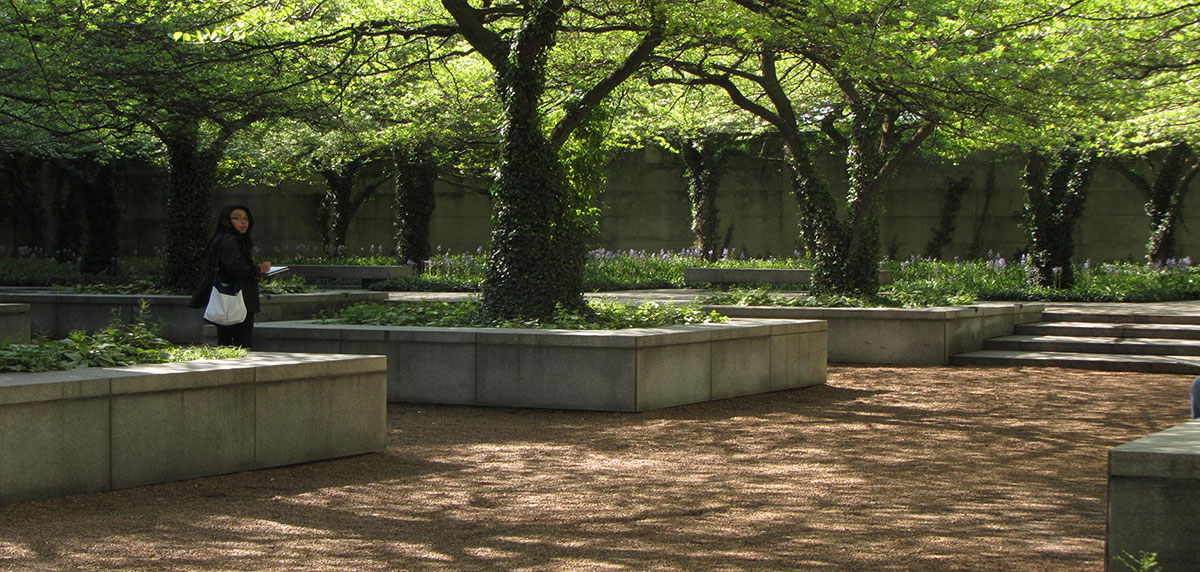The Basic Principles Of Landscapers
The Basic Principles Of Landscapers
Blog Article
The 5-Minute Rule for Landscapers
Table of ContentsGetting The Landscapers To WorkRumored Buzz on LandscapersThe Best Guide To LandscapersThe Landscapers DiariesSome Known Questions About Landscapers.Landscapers - The Facts
- A garden function where water is represented by an aggregate stone product, generally a crushed rock or granite. These are most commonly discovered in contemporary and Japanese garden style.- A stone or flagstone outdoor patio, course, or walkway built without a concrete base. The base would certainly be compacted crushed rock and the joints would certainly be an accumulation or walkable ground cover. - A stone preserving or totally free standing wall surface built without making use of mortar. An extremely competent mason is required for a dry pile rock wall. Most wall surfaces in Rose city are moist piled, even if they seem. - An underground framework that gather water and enables it to reduce percolate right into the soil around it.
Landscape layout that is suitable with a websites' setting in both look and sustainability without adverse impacts to the atmosphere. Edging in the landscape is a line of demarcation that produces aesthetic interest in the garden by dividing one segment from an additional section. This can be visual or functional, maintaining one component (such as pea crushed rock) from getting blended into one more (like bark dust).
Areas can likewise have a feeling of "unit" given by trees, other growings, fences, or screens. The landscape near the access to a structure. A tree, shrub or creeping plant, trained to expand on a wall surface or fence into a particular pattern. Especially helpful for fruit trees, making it very easy to collect the fruit and including mess.
7 Easy Facts About Landscapers Explained

The element in a landscape layout or area in a landscape that is indicated to be most noticeable. The focal point can be a plant, stone, sculpture, collecting room, or other landscape feature.

Landscapers for Beginners
Reduced plants that are enabled or urged to spread over an area. Can refer to any type of "tough" yard components including statuary or stones but many generally is used to refer to courses, patios, and walls - Landscapers.: Elevation difference between the degree of water in a pond (or the degree of the pump if it sits outside the fish pond) and the top electrical outlet of water which impacts performance of the water pump in gph (gallons per hour).
A chemical used to manage weeds. Fence boards that run flat, often made use of in modern or Japanese-inspired landscape styles. Lines that specify areas within a landscape principle. These commonly other prolong from edges or essential functions of an existing structure. Proper use of fictional lines can help the landscape really feel attached to the home and various other aspects.
An even more loosened up garden controlled by curved as opposed to straight bed lines and a less rigid structure. Conventional PNW landscapes are informal. A plant that spreads out greater than preferred, or right into habitats where it does damage. Portland has a listing of intrusive plants that need to not be mounted in landscapes because they can spread out to forests or rivers and be tough to regulate.
How Landscapers can Save You Time, Stress, and Money.
Smart irrigation controller reviews and recommendations right here. 2-D making of the recommended irrigation system. Can consist of head placements and coverage, pipe sizing, GPM specifications, and materials required to install this system. An irrigation strategy is generally unneeded for residential buildings yet is common for commercial projects. Licensed expert that designs landscapes, educated in design and design along with in gardening.
The expert that intends and establishes landscape projects, generally at a property or tiny industrial level with the significant style motivation on plantings. Landscape designers typically have much less schooling than Landscape Architects and are not accredited. A finished landscape design, outlining all components for the new click for source landscape. This usually takes the type of a drawing on paper.
Utilizing several growings of the same selection to load in a location in the landscape. This can reduce upkeep and water usage in the yard.
A layer of garden compost or bark dust used at the base of a plant. A plant that was existing in a geographic area before individuals began transforming the landscape.
Rumored Buzz on Landscapers
How the yard or a garden component is prepared in connection to an existing or brand-new feature or to an instructions. Preserving a lawn without making use of chemical herbicides, chemicals, or plant foods. Lawns that are not trimmed however grown in landscapes as perennials. This is a partly open sided leisure or leisure location that joins a residence, used for entertaining, outside eating and merely appreciating the outside atmosphere.

Plants that supply seasonal passion and then pass away back in the winter months. Cold period lawn that is the most usual turf grass in Portland, OR and the remainder of the PNW.An open roofed framework over a patio area or other landscape function.
The most typical landscape crushed rock in the PNW. Location of the landscape developed to handle rainfall water up until it can saturate into the ground.
Structure constructed from timber, concrete, paving stones, blocks or other materials for maintaining inclines and protecting against excessive disintegration. Slim gutter. Producing a yard feature consisting largely of rocks with plantings that match and can link prosper in the rough environment. Lawn sprinkler head design that rotates a stream of water throughout a location.
Unknown Facts About Landscapers

Report this page